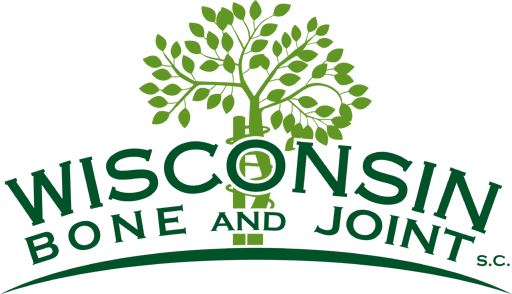Patient Education Materials
Patient Education
Providing trusted Orthopedic care in the community for over 40+ years
At Wisconsin Bone and Joint, we pride ourselves with providing you highly personalized and comprehensive orthopedic care. Our philosophy of direct physician-to-patient care means your physician will be an intrical part of every stage of your care. This commitment to a dedicated continuum-of-care model has made us one of the most trusted and respected practices in Southeast Wisconsin and greater Milwaukee area.
Give us a call today and start yourself on the road to recovery.
- Our History is grounded in over 100 years of service to the community
- Same day or next day office appointments
- Our Physicians are routinely listed in Milwaukee Magazine as “Milwaukee’s Top Physicians”
- On site x-ray, casting and physical therapy, and local MRI options
- 6 convenient locations
Our select group of doctors and staff have been hand-picked from the best medical programs in the country in order to create a comprehensive, top-tier service for all your orthopaedic needs.
Give us a call today, so we can help you on your path towards recovery and health.




